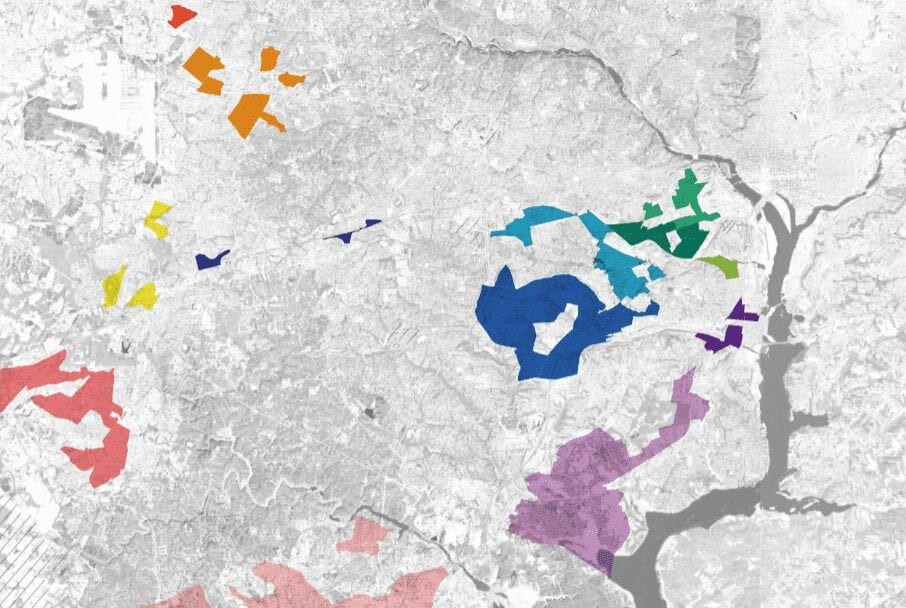Painting a Clearer Picture of Health and Opportunity in Northern Virginia

The Challenge
Northern Virginia is home to some of the healthiest places in the Commonwealth of Virginia, with counties that consistently top the lists of national health rankings. But those rankings–which help inform local budgets–mask deep health, racial and economic disparities present in smaller communities. The result? Decision-makers are left with a misleading picture of need and people in marginalized communities in Northern Virginia are often left with too few resources to get ahead.
In 2017, the Northern Virginia Health Foundation (NVHF), in partnership with the Center on Society and Health at Virginia Commonwealth University (VCU), released a first-of-its-kind report for Northern Virginia. Getting Ahead: The Uneven Opportunity Landscape in Northern Virginia identified 15 “islands of disadvantage,” communities, often interspersed among some of the region’s wealthiest areas, where residents face multiple health challenges, including poverty, less education, unaffordable housing and a lack of health insurance.
The report data were groundbreaking for Northern Virginia because they helped local governments and community stakeholders to more clearly pinpoint areas of need and begin to refocus programs, policies and resources to address those needs.
Our Approach
Burness helped kick off an awareness-building promotion by securing media coverage in important national and local media outlets highlighting the uneven opportunity landscape in Northern Virginia and recommendations for policymakers. We also organized and staffed an in-person community health summit bringing 110 leaders from various sectors, including health, government and nonprofit, to discuss the report, inequities in Northern Virginia and to begin to chart a pathway forward.
Results and Impact
The report and summit generated original news coverage from leading local media, including The Washington Post and NPR’s Morning Edition. Regional news outlets such as Arlington Now, Alexandria News and the Annandale blog wrote about the report; then Virginia State Senator Scott Surovell tweeted; and in 2019, The Washington Post ran an op-ed by NVHF president and CEO Patricia Mathews about the report and the importance of using local-level data to make policy decisions.
Organizations such asDestination 2027, a diverse body of community leaders representing more than 40 organizations in Arlington County, Virginia, used the report to dive deeper into the disparities that exist in their county and from that exploration, created their own plan to achieve health equity through systems change. In 2020, U.S. Senator Mark Warner convened a meeting to talk about the challenges and health inequities of Northern Virginia. About three-quarters of those in attendance represented nonprofits armed with a message that data at the ZIP code level too often masked the inequities present in those ZIP codes, and that data at the census tract level was essential to understanding the inequities challenging those who live in Northern Virginia.
The report continues to have widespread impact as more jurisdictions and regional policymakers gain a clearer picture of health and opportunity in Northern Virginia and look for ways to reverse decades of disinvestment.